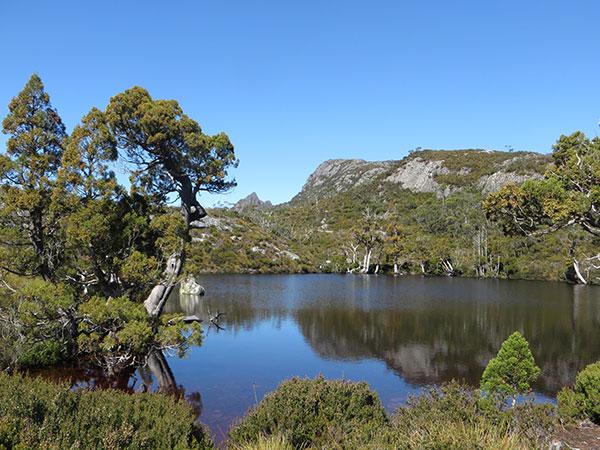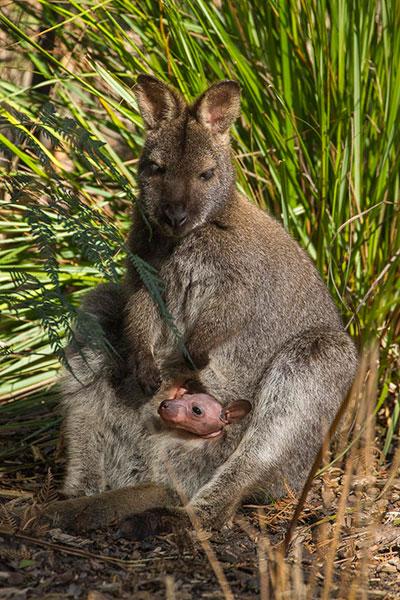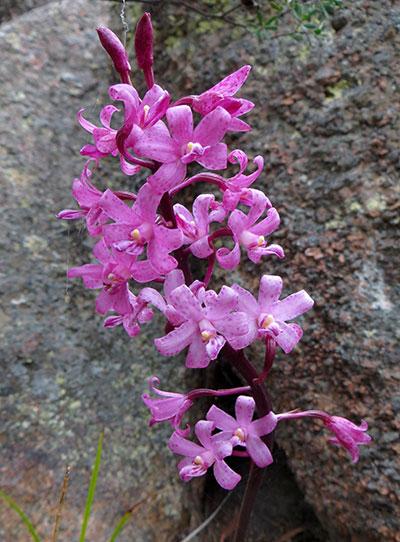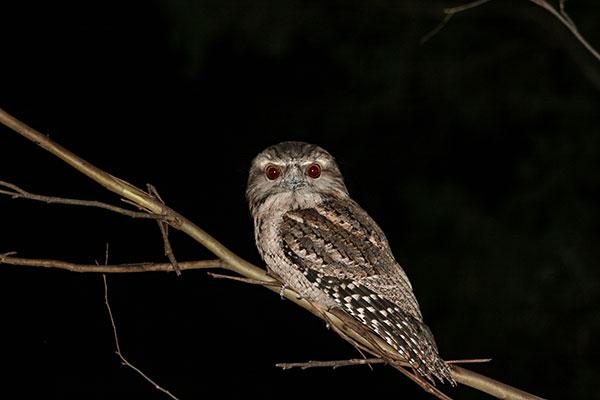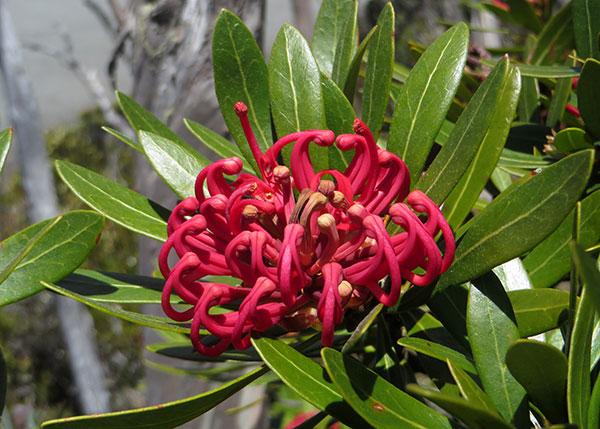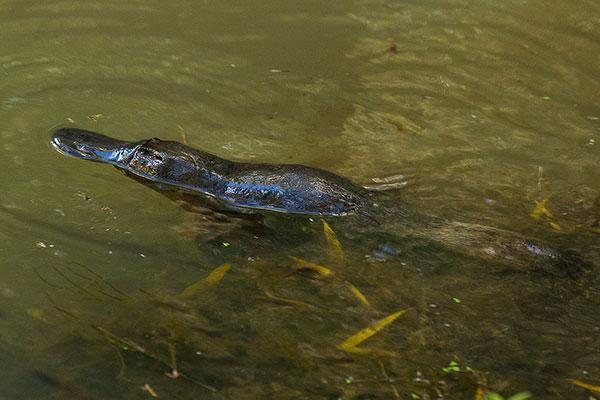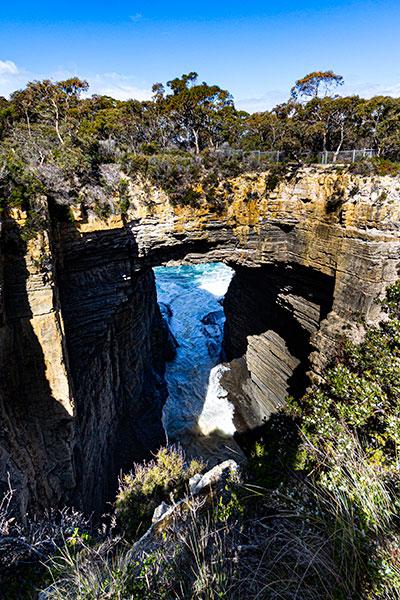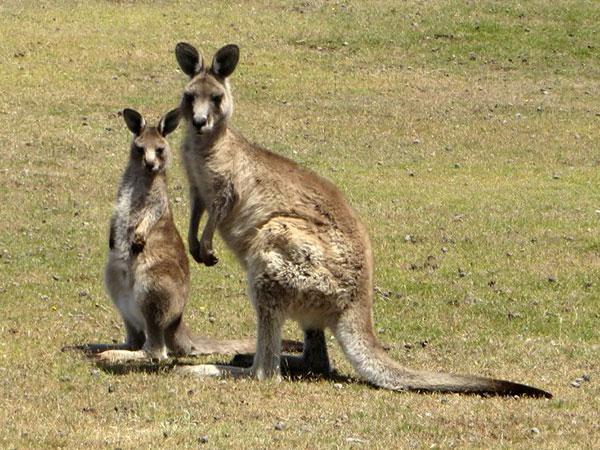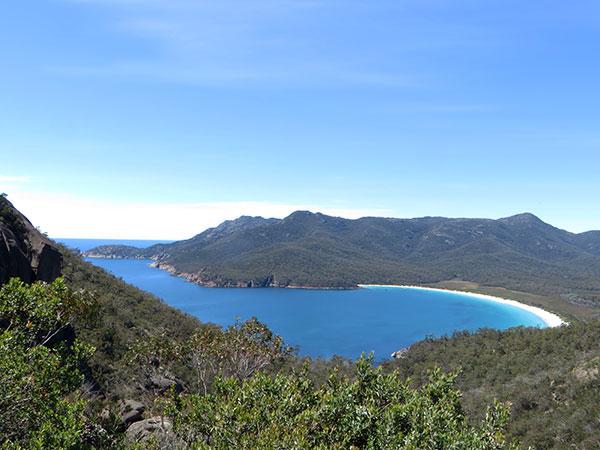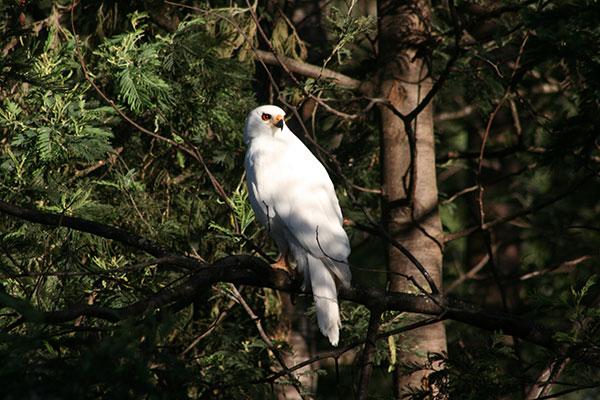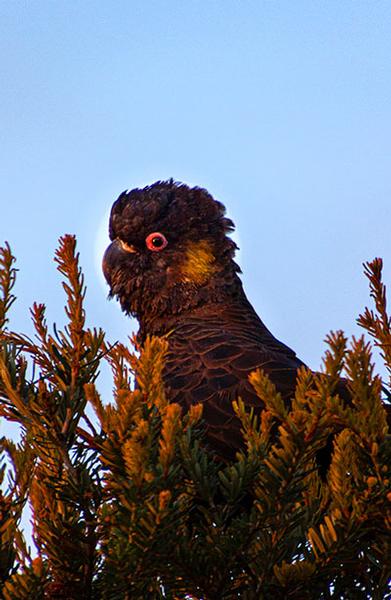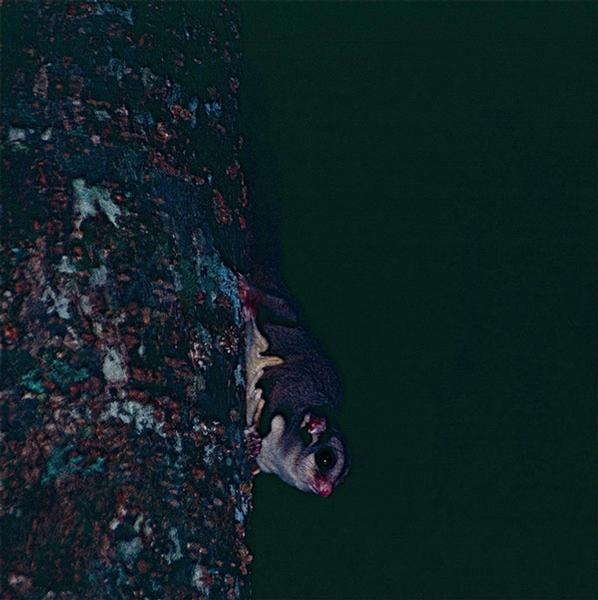

Norfolk in Autumn
Kenya

An Island Wilderness
At a superficial glance Tasmania feels closer to Britain, with its combination of cool wet mountains and farmed lowlands, than to the scorched outback of mainland Australia the other side of the Bass Strait. That impression lasts only as long as it takes to get from the airport tarmac to the first stand of forest. Tasmania not only supports the richest areas of cool temperature rainforest in Australia but also superb heaths and bogs, wild rivers, and dramatic mountains whose flora is as unique and distinctive as its famous mammals.
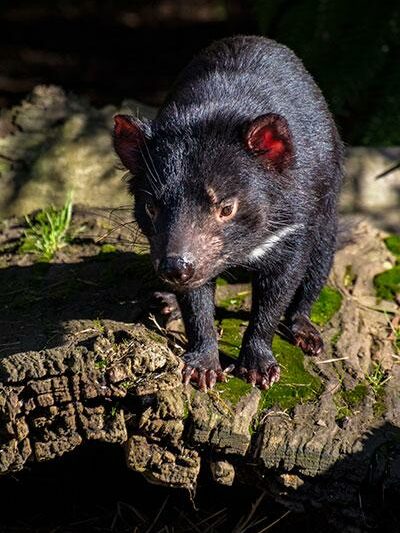
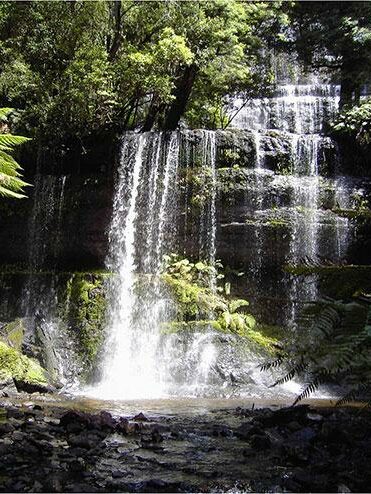
Tasmania provides the best chance in the southeast of the country to easily see a variety of Marsupials including some that are now extinct on the mainland. Add to this a bird fauna that ranges from penguins to parrots and the attraction of Tasmania to the naturalist are obvious. Tasmania’s special status is recognized in that much of the western mountains and coasts have been designated a World Heritage Area. Even if its wildlife was not of international importance, the grandeur and variety of the scenery would have ensured its designation.
After visiting the Myrtle and Sassafras forests of Huon we’ll spend a couple of days on the renowned island of Bruny where Pademelons and Quolls feature as well as many species of orchid including delicate little ‘Green-hoods’ less than 5cm high. We’ll explore the wild World Heritage Area around Lake St Clair and the Cradle Mountain. There’s weird Banksias, and gorgeous white and red Waratahs, an immense variety of conifers and just immense Eucalypts. We’ll enjoy Tree-ferns, gaudy yellow Guinea-Flowers and the beautiful Christmas Bells whose metre-tall stems are topped by clusters of tubular red campanulate flowers. We’ll finish the tour amid the spectacular red granite peaks of Freycinet and the Tasman Arch.
We’ll see primitive egg-laying mammals like the Platypus and the Echidna and look for predators such as the famed Tasmanian Devil. Wallabies are frequently seen and we’ll also search for Quoll, Bandicoots and Sugar Gliders, Amongst the many birds we’ll see are Wedge-tailed Eagle, Pink-eared Duck, the noisy Kookaburra, the lovely little Beautiful Firetail Finch and the exquisite Superb Blue Wren.
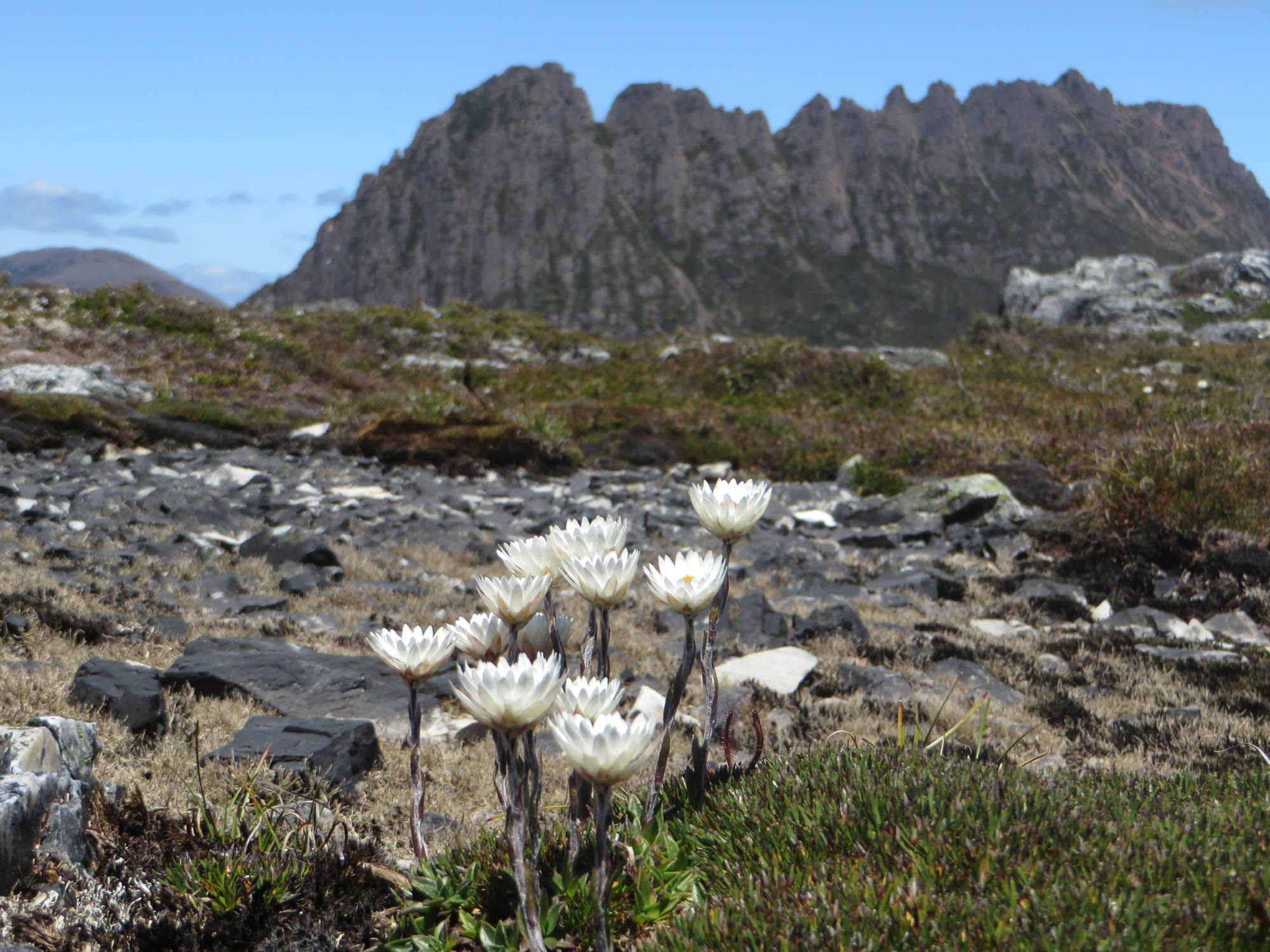
Dates and Prices
31st October - 18th November 2024 (19 days)
Optional Tour Extensions
* doesn't apply if you're willing to share and a room-mate can be arranged
Endemic Flora, Mammals and Birds. Also Landscapes and Wilderness.
The minimum is 5 and the maximum is 14. Only one leader will accompany a group of 8 or less.
All flights. All transport, accommodation and meals (except lunch and dinner on Day 14) in Tasmania. Services of your leaders. Please note: drinks, tips, visas and items of a personal nature such as travel insurance, are not included.
Flower, bird and mammal checklists are available.
At each location we will be staying in good quality comfortable hotels, all of three star standard and at some localities better than 3-star. All rooms on this tour have en suite facilities.
For the most very easy with just short walks, up to three or four miles a day. There is an optional walk of up of around five or six miles to Marion Lookout at Cradle Mountain. We might encounter rough ground on occasion and some short steeper sections.
UK return flights are from London Heathrow to Hobart via Melbourne. Other indirect routes from regional UK Airports* may be available.
*These routes may incur a supplement.
Tasmania’s summer months are December to February, bringing high temperatures and sunshine. Days are long and sunny, nights are mild. Summer is an excellent time for walking in the bush and a variety of other outdoor activities. Tasmania has a relaxed lifestyle, so dress will be informal at all times. Bring comfortable clothing and anticipate a similar range of temperatures to Britain – it should be pleasantly warm/hot in the east of the island but, as in all mountainous areas, expect some cold and windy weather in the West. Rain is possible at all times. Comfortable footwear is essential – as it must be strong enough to withstand rough ground underfoot; walking boots or stout shoes are recommended. Likely temperature range is 10°C to 25°C.
Contact us to check if there is availability for the number of places you require. Click on the ‘Book this Tour’ button on this page to be taken to the online booking form or contact us and we will send one to you which you can complete and send back to us. You will receive confirmation of your place, and then a detailed information pack will be dispatched to you about twelve weeks before departure. This will contain up-to-date health information.
